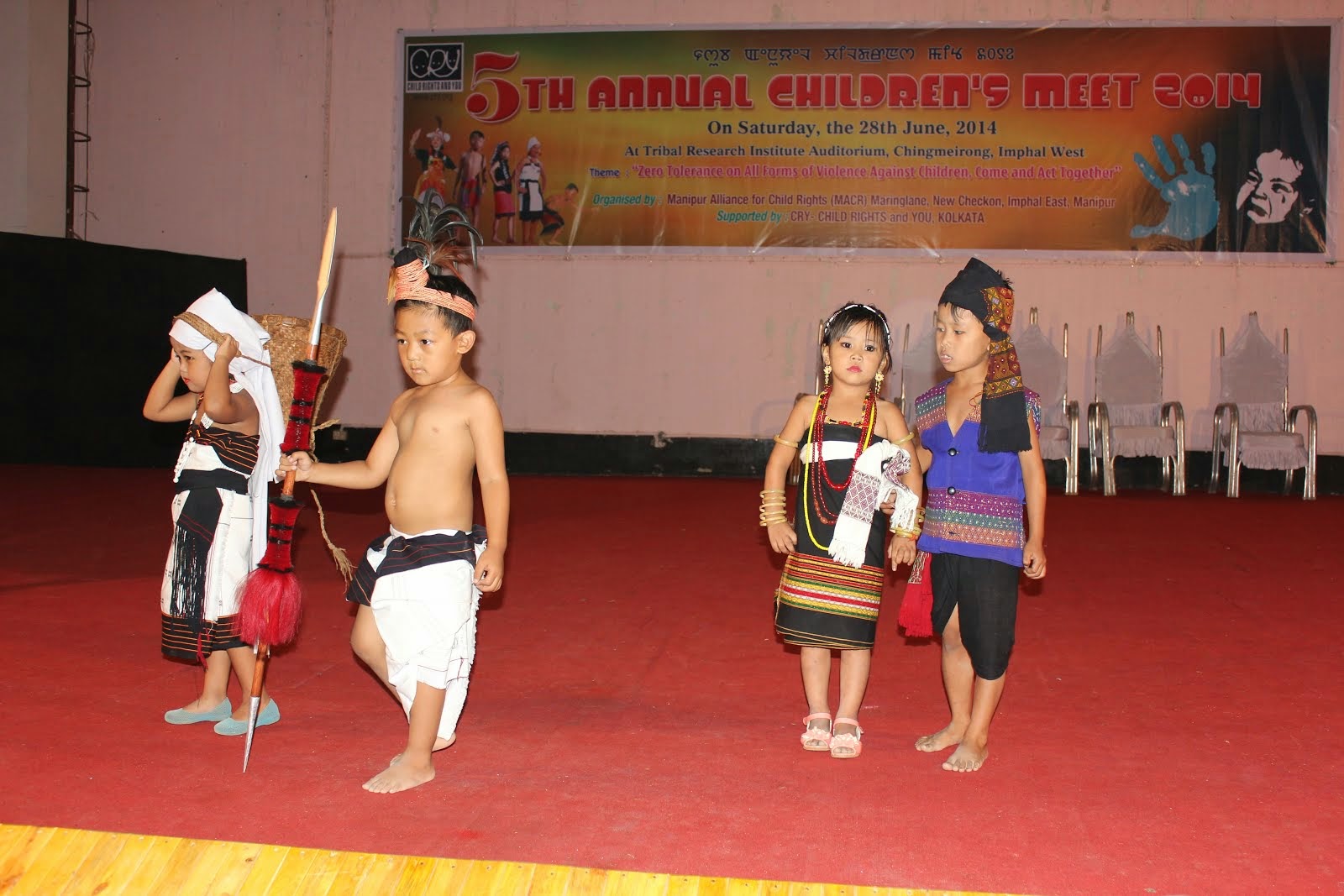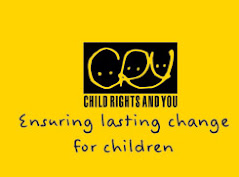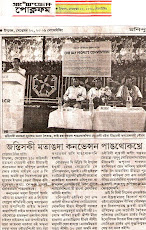 4 hours, 42 minutes, 50 seconds ago
4 hours, 42 minutes, 50 seconds agoby Satya Gopal Dey
New Delhi, Dec 18 : A delegation from CRY- Child Rights and You met the President of India Ms. Pratibha Patil in the Capital December 16, to hand over a Charter of Demands on education that was signed by 7.7 lakh people across the country including people from different walks of life from the state of Manipur.
They drew the President’s attention to the gaps that need to be filled to make sure that the Right of Children to Free and Compulsory Education Act 2009 reaches every child in India. The delegation comprised CRY Directors, Ms.Puja Marwah, Ms.Yogita Verma and Mr.Dipankar Majumdar
“Smt. Pratibha Patil acknowledged the fundamental importance of education in human development and the consequent need for it to reach every single Indian child. We shared with her the results of our ‘Sabko Shiksha Samaan Shiksha campaign in which more than 7.70 lakh people from 18 States have signed a charter demanding equal quality education for ALL Indian children. We now want the government to accept these demands as voices from the ground and act upon making education a right for every child,” said Puja Marwaha, CRY’s Director.
The meeting comes in the wake of a public Walk and meeting organized by CRY on December 11 at Bal Bhavan, New Delhi, at which prominent activists like Jean Dreze from the Right to Food Campaign, Nikhil Dey from the Mazdoor Kisan Shakti Sangathan and Advocate Ashok Aggarwal from Social Jurist spoke out about the urgent need to amend the Act in letter and in spirit, in order for this fundamental right to be attained by all Indian children. “CRY’s on-ground experience in the 6700 villages and slums we work in underscores what the recent Suresh Tendulkar Committee report has recommended to the Planning Commission and we are working on increasing support both within the government and outside, on India’s need to invest in basic rights such as education” said Marwaha.
From the point of view of India’s children, the landmark Right of Children to Free and Compulsory Education Act 2009 is limited in its scope. The charter seeks three key amendments in order to ensure this right for every one of India’s 440 million children. These amedments are , Inclusion of children below 6 years as well as 15 to 18 years in the Act, 8th pass-outs are in no way adequately qualified – either for vocations or for life. Similarly, nursery school is the foundation for education. The Act needs to ensure a complete education for every child below the age of 18 years. It needs to build bulwarks to prevent drop outs, especially for girls where the drop out rate is high. The second amendment is to make sure there is a school with qualified teachers and proper facilities within 1 kilometre of any habitation .No minimum standards have been defined for teachers, school infrastructure and facilities, including basics like drinking water, toilets, classrooms, teacher-student ratios etc. Similarly, even though it has been proven that a child learns best in the language spoken at home, the Act does not specify mother-tongue education as a medium of instruction, in addition to learning other languages. Curricula norms need to spell out that the content of education be relevant to who the child is and where she lives.
The teacher, who is the key figure in a child’s learning, needs investment in improving qualifications, capacities and attitudes to be inclusive towards all children, and be well paid. The teacher’s role as an integral member of the community needs to be respected by not making these appointments on a short-term, contractual basis. Finally amendment in regards to Spend 10% of India’s GDP to education.Latest revised estimates show 38% of Indians to be under the poverty line. Unless education gets financial backing by the State, the situation of poverty is not likely to change. No country in the world has been able to reach universal education without the State funding schools. For 440 million children, the government’s spending on education has actually reduced. From 3.84% of the Union budget in the year 2008-2009, it is now down to 3.03%. Given that this right is for 40% of India’s citizens, the Act is heavily underfunded. Unless we put the State’s money into education, the Act will remain a paper tiger.
“Sabko Shiksha Samaan Shiksha campaign is a very timely campaign being facilitated by CRY” stated by P.K. Biju a Member of Parliament from Kerala and member of Standing Committee on MHRD. “Without an appropriate financial memorandum, free and compulsory education would not be possible” Biju further stated while being at one with CRY demand for 10% GDP for education, during a telephonic interaction with the Kolkata correspondent of IFP.



















No comments:
Post a Comment